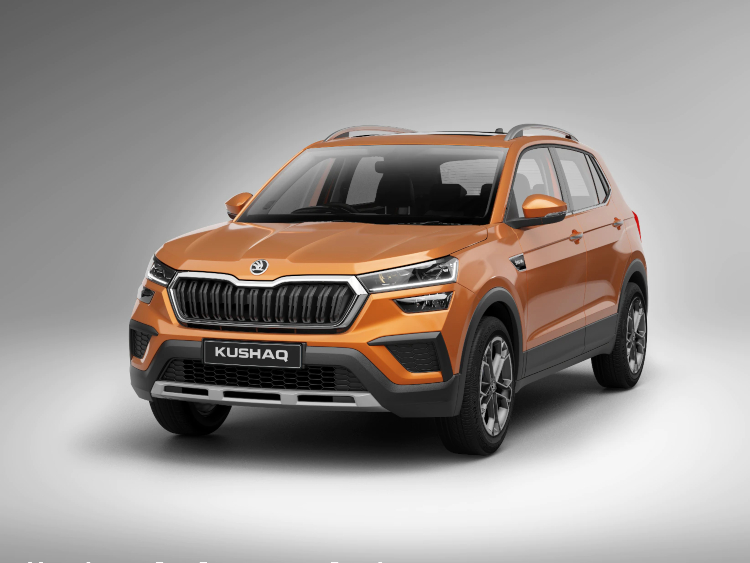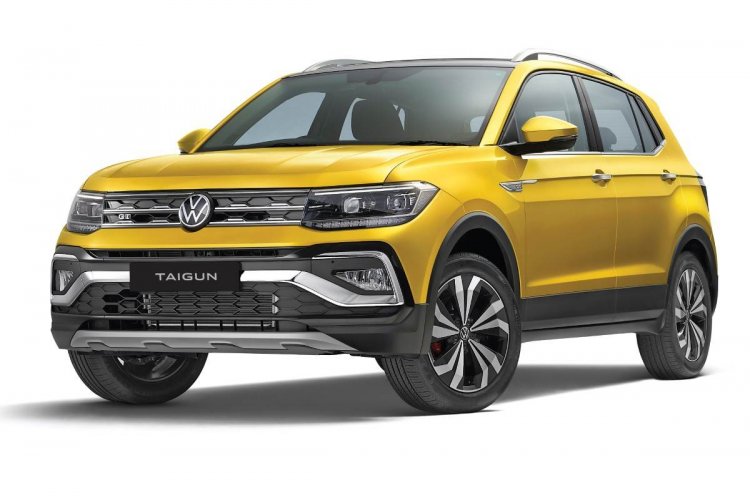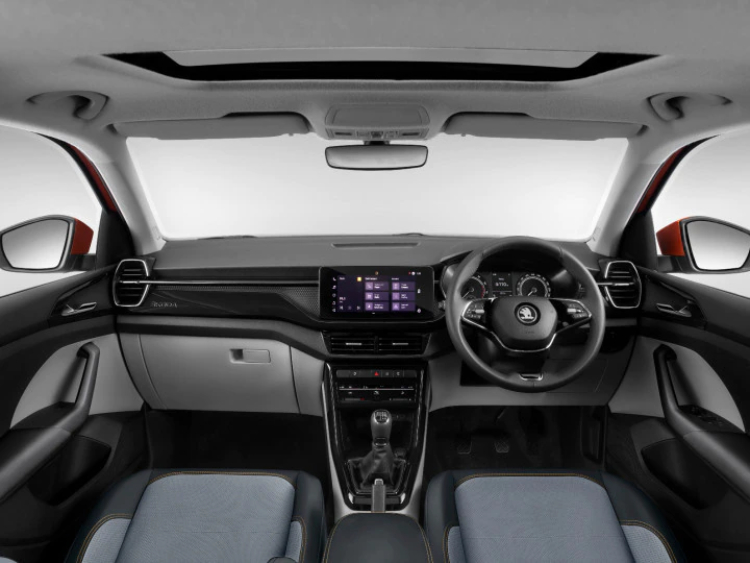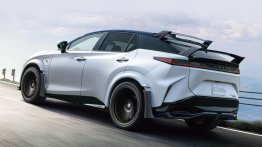Just yesterday, Volkswagen took the wraps off the production-spec Taigun in India. The Skoda Kushaq and the Volkswagen Taigun are the hottest new compact SUVs in the country that will take the competition to the likes of the Hyundai Creta and the Kia Seltos. Much like the Korean cousins, the Taigun and Kushaq also share a lot of components between each other and still have their own distinct character. So here we are going to explore all the similarities and the differences between the Skoda Kushaq vs Volkswagen Taigun and how they stack up against each other. Let's start with the similarities first.

They both have similar underpinnings.
Both the Skoda Kushaq and Volkswagen Taigun are underpinned by the MQB-A0-IN platform, which is exactly identical for both SUVs. The MQB-A0-IN platform is a heavily localized version of VW Group's smallest modular architecture globally - the MQB-A0. The level of localization for both SUVs will also be identical - up to 95%. Although Volkswagen hasn't revealed the exact dimensions of the Taigun yet, being based on the same platform, it will be near-identical to that of the Kushaq. Both SUVs aren't the largest in the segment, but they boast of the longest wheelbase of 2.6 meters in the segment.

Also Read: Skoda Kushaq vs Hyundai Creta - Detailed Comparison On Paper
They are identical under the hood as well.
Just like the Creta and Seltos, the Taigun and Kushaq share the exact same engine and gearbox options in the same spec of tune. VW Group's 1.0-litre TSI turbo petrol engine will be the mainstay on both SUVs and it produces 115PS of power and 175Nm of torque. This engine will come mated to either a 6-speed manual or a 6-speed torque converter automatic transmission. Both SUVs are also being offered with a 1.5-litre TSI turbo petrol engine that will come mated to a 7-speed dual-clutch automatic transmission or a 6-speed manual. This engine produces 150PS and 250Nm of peak torque. Both these engines will be locally manufactured in India.

But the similarities end under the skin. On top of it, both SUVs are vastly different......
Both SUVs have a completely different approach to styling.
Skoda has taken a very sophisticated approach to the styling of the Kushaq. The sharp lines and creases and the bold detailing on the Kushaq give it a very handsome and European look. On the other hand, in order to suit local taste, Volkswagen has gone all out with chrome for the Taigun. Both SUVs look pretty good, but in our opinion, it is the Skoda Kushaq that looks better and more contemporary. The Volkswagen Taigun looks a little too blingy from certain angles. While both SUVs look completely unique at the front and rear, you will be surprised to know that they are identical in profile as they share the same doors, window line, ORVMs and even the body cladding.

Completely unique interiors with key differences in features
On the inside, the Volkswagen Taigun has a typical VW cabin that is understated but is loaded with technology along with the use of premium quality materials. Conversely, the Skoda Kushaq has a more flamboyant and stylish interior design. Ergonomics and build quality are spot-on for both SUVs. Features like the 10-inch infotainment screen, touch-based HVAC controls, ventilated front seats, wireless charging, ambient lighting are common in both SUVs. However, a key point of difference is that the Taigun comes with a virtual cockpit instrument cluster while the Kushaq only gets analogue dials. And that's going to be a major deciding factor.
How will they be priced?
Well, that's the answer we all are waiting for. However, the Kushaq and Taigun are expected to be priced very similarly. Due to heavy localization and sharing of essential components with other models, both SUVs will be positioned very aggressively in the market. We expect the prices to range between INR 10-16 lakh (ex-showroom).
























